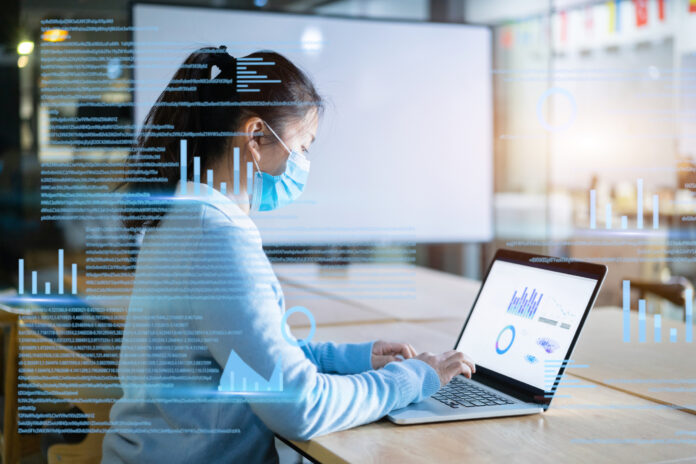During patient visits, doctors spend a significant amount of time taking notes. The notes help them understand symptoms and correctly diagnose the patient. However, taking notes manually can be time-consuming, cumbersome, and prone to errors. Ambient scribes can help doctors overcome these challenges. Ambient scribe records patient encounters in real time using a microphone on a secure smartphone. It then uses natural language processing and machine learning to summarize doctor-patient conversations and produce comprehensive notes.
Read on to discover how ambient scribes support clinical decision-making.
Real-Time Documentation and Summarization
Ambient scribe offers real-time transcription of conversations between healthcare providers and patients and creates immediate summaries of the visit. Using this technology can help doctors make timely diagnoses and treatment plans. It eliminates the need for doctors to manually generate patient encounter summaries, freeing up time for more patient-focused activities.
Improved Accuracy
When taking notes manually a doctor will often focus on recording key things and overlooking details, they assume are immaterial. However, this approach can lead to erroneous documentation of the patient’s condition. And without correct information, the doctor might end up making the wrong diagnosis.
Doctors can mitigate this risk by using ambient scribes. Ambient scribe transcribes everything a patient says when talking with a healthcare provider before generating a summary. With this approach, doctors get a comprehensive view of what’s ailing a patient.
Increased Focus on Patient Care
Taking notes while also talking to a patient can be challenging for doctors. It can make it hard for the doctor to fully pay attention to the patient while typing on a computer. On the other hand, the patient might feel the doctor does not care if they are not maintaining eye contact.
These struggles can hinder effective communication between patients and doctors. They can make it hard for patients to communicate how they’re feeling. Besides, without eye contact doctors might miss non-verbal communication cues.
Using ambient scribe can help doctors avoid multiple tasking. They don’t have to take notes while talking to the patients. By listening actively and observing non-verbal cues doctors can ask helpful questions about the patient’s condition, collecting material information.
Streamlined Healthcare Operations
Using ambient scribe can help healthcare centers streamline workflow by creating consistent and organized patient visitation summaries. Doctors can use these summaries to generate detailed medical reports. By documenting patient’s information across a period doctors can make effective decisions.
The medical reports and patient visitation summaries can help doctors track a patient’s condition. They can document how a patient is responding to a given treatment. With this information, doctors can decide whether to retain the treatment or change it.
Additionally, well-written and detailed medical reports can help new doctors get up to speed. They’ll inform them of previous patient visitation, diagnosis, and treatments. With this information, new doctors can easily foster healthy relationships with patients.
Finally, consistent documentation can make it easy for doctors to share notes and collaborate. They can discuss ideas on the best ways to treat a given patient.
Conclusion
Using ambient scribes can help doctors collect accurate information and make better decisions. The technology can assist them avoid multitasking during patient visits, enhancing their listening.















